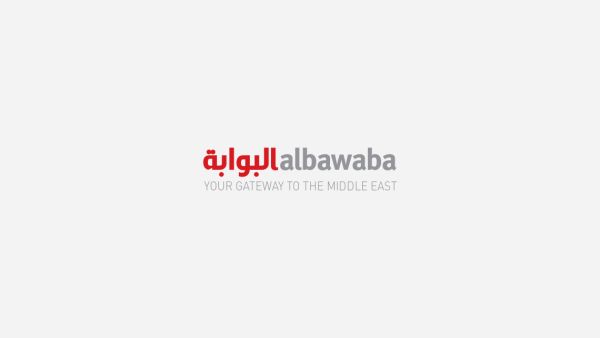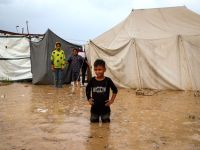Iran’s economy could grow between 6% and 8% in an optimistic scenario, according to a global information company report.
IHS, the leading global source of critical information and insight, has released a report about the possible trajectory of Iran based on three scenarios: optimistic, downside, and status-quo.
Authored by Bryan Plamondon, senior Middle East economist at IHS, the report concludes that the country could have 1% to 2% growth in the downside scenario, 2% to 3% in the status-quo scenario and 6% to 8% in an optimistic scenario.
The conditions in the downside scenario included worsening relations between Iran and West, economic imbalances, and deteriorating oil and gas sector where the production of oil nosedives to almost 2 millions barrels per day by 2020, during which the economy is projected to grow slowly between 1% and 2%.
The status-quo scenario characterizing high-degree macroeconomic instability and uncertainty, moderate economic and financial sanctions, key economic sectors deprived of private capital, consumer and product subsidy eating away major share of the government resources, and crude production at 2.8 million barrels per day, the growth of the Iranian economy will continue at the rate of 1% to 3% per year.
The best growth was envisaged in optimistic scenario where there is improvement in relationship between Iran and the West, lifting of economic sanctions, increase in intra-regional trade, foreign investors partnering to revitalize the country’s domestic economy, and the crude production jumping to almost 4 million barrels per day.
In this scenario, the Iranian economy is going to witness the best growth till date. The real GDP of Iran will grow by 1.5% in FY 2014/2015 with conditional lifting of sanctions, says the report.
“The EU has suspended its ban on insurance coverage for Iranian oil shipments, USD 4.2 billion in oil revenues has been unblocked, and current restrictions on imports of crude will be held steady for the six countries still purchasing oil from Iran,” says the IHS press release.
However, despite the sanction relief, the country may have to deal with pressurized external and fiscal balances, double-digit inflation, and shrunk economy since 2011 amounting to USD 270 billion.
A similar report by the International Monetary Fund’s (IMF) World Economic Outlook Report predicts Iran to come out of recession in 2014-2015. According to the IMF report, the country’s economy will grow by 1.5% in 2014 and 2.3% in 2015. Iran’s inflation will reduce to 23% in 2014 compared to 35.4% in 2013; however, the jobless rate will rise to 14% in 2014 from 12.9% in 2013.
World Bank too, in their latest report says that the global recovery offers opportunity for growth in the Middle East and North Africa region.
“Growth in developing oil exporting countries, including Iran, Iraq, Algeria, Libya and Yemen, is expected to rebound and average 6.8% in 2015, from negative 0.7% in 2013,”, the report says.
Iran was subjected to international sanctions over its disputed nuclear program over three years ago in 2011. The sanctions crippled the country’s economy, freezing its international trade and reducing its oil exports to almost half. It threw tens of thousands of people out of work and steeply brought down the living standards of people.








